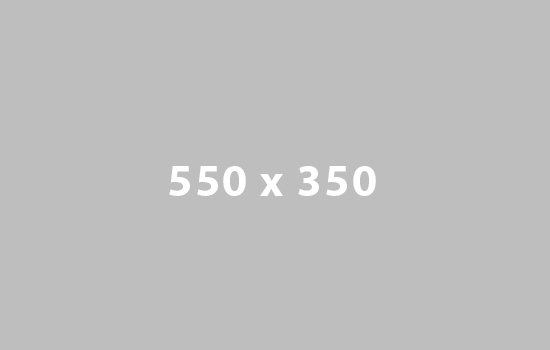
Customer Acquisition Cost
Customer Acquisition Cost (CAC) is a crucial metric for businesses looking to understand the costs of acquiring new customers. It helps companies assess the effectiveness of their marketing and sales efforts and determine the return on investment for each customer.
Understanding Customer Acquisition Cost
Customer Acquisition Cost is the total amount of money a company spends to acquire a new customer. This includes all costs related to marketing, sales, advertising, and any other efforts to attract and convert new customers. By calculating CAC, businesses can determine how much they are spending to acquire each customer and whether these costs are sustainable in the long run.
Importance of Calculating CAC
Calculating CAC is essential for businesses to understand the efficiency of their customer acquisition strategies. It helps companies identify the most cost-effective customer acquisition channels and allocate resources accordingly. By knowing the CAC, businesses can decide where to invest their marketing dollars and optimize their customer acquisition process.
Factors Affecting CAC
Several factors can influence a business’s Customer Acquisition Cost (CAC). These include the industry in which the company operates, the target market, the marketing channels used, the pricing strategy, and the overall competitiveness of the market. Understanding these factors is crucial for businesses to manage and optimize their CAC effectively.
Calculating Customer Acquisition Cost
To calculate Customer Acquisition Cost (CAC), businesses divide the total costs associated with acquiring customers (marketing and sales expenses) by the number of customers acquired during a specific period. The formula for CAC is CAC = Total Marketing and Sales Costs / Number of Customers Acquired. By tracking this metric regularly, businesses can monitor their acquisition costs and make data-driven decisions to improve efficiency.
Strategies to Lower CAC
Several strategies can be implemented by businesses to lower their Customer Acquisition Cost (CAC). These include optimizing marketing campaigns to target more qualified leads, improving the sales process to increase conversion rates, leveraging referral programs and partnerships, and focusing on customer retention to reduce churn rates. By implementing these strategies, businesses can reduce their CAC and improve their profitability.
Monitoring CAC Effectively
Businesses must monitor their Customer Acquisition Costs regularly to ensure that they are staying within budget and achieving their desired ROI. By tracking CAC over time and comparing it to industry benchmarks, companies can identify trends, adjust their strategies, and make necessary changes to improve customer acquisition efficiency.
Benchmarking CAC in Your Industry
Benchmarking Customer Acquisition Costs against industry standards can provide valuable insights for businesses looking to assess their performance. By comparing CAC with competitors and industry averages, companies can identify areas for improvement and implement best practices to optimize their customer acquisition process. Benchmarking can also help businesses set realistic goals and track their progress.
Impact of CAC on Business Growth
Customer Acquisition Cost directly impacts a company’s profitability and growth potential. High CAC can eat into profit margins and hinder business growth, while low CAC can lead to higher returns on investment and increased revenue. By understanding the impact of CAC on business growth, companies can make strategic decisions to improve efficiency, reduce costs, and drive sustainable growth.
CAC vs. Customer Lifetime Value
Customer acquisition cost (CAC) and customer lifetime value (CLV) should be considered to assess the overall profitability of acquiring a new customer. By comparing CAC with CLV, businesses can determine whether their customer acquisition efforts are sustainable in the long term. Ideally, the CLV should be higher than the CAC to ensure a positive return on investment and long-term profitability.
Common Mistakes in CAC Calculation
Some common mistakes in Customer Acquisition Cost calculation include not including all relevant costs, using inaccurate data, failing to account for different customer segments, and not adjusting for seasonality or external factors. Businesses must avoid these pitfalls and ensure that their CAC calculations are accurate and reflect their true acquisition costs.
Improving ROI with Lower CAC
By lowering the Customer Acquisition Cost, businesses can improve their return on investment and maximize the value of each customer. Lower CAC means higher profitability, increased scalability, and better competitive advantage. Companies focusing on reducing their CAC through efficient marketing and sales strategies are more likely to achieve sustainable growth and long-term success.
Case Studies: Successful CAC Management
Several companies have successfully managed their Customer Acquisition Costs to achieve significant growth and profitability. Case studies of companies like Dropbox, Uber, and Airbnb showcase how these businesses optimized their marketing and sales efforts to lower CAC and scale their customer acquisition. By learning from these success stories, other companies can implement similar strategies to improve their CAC management and drive business growth.

